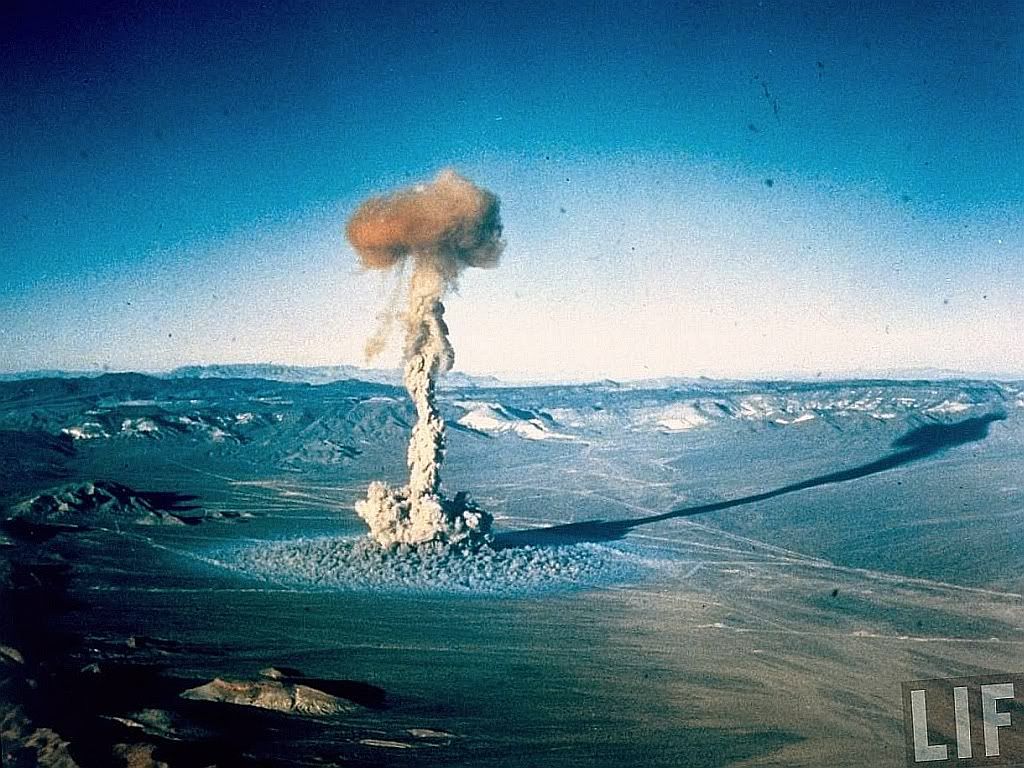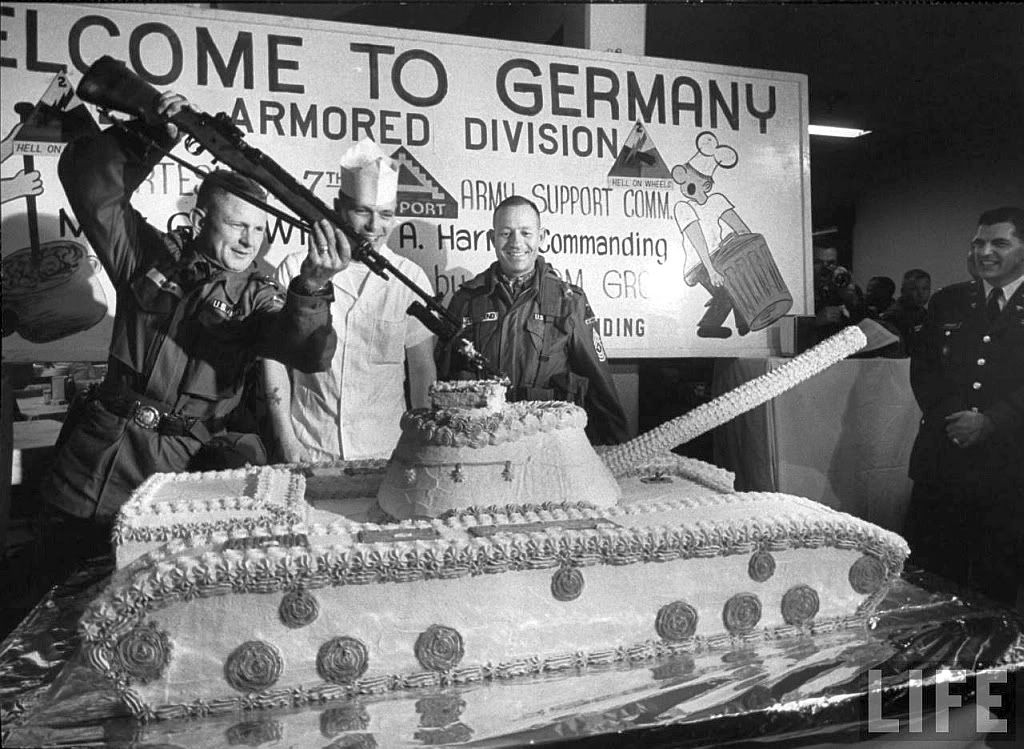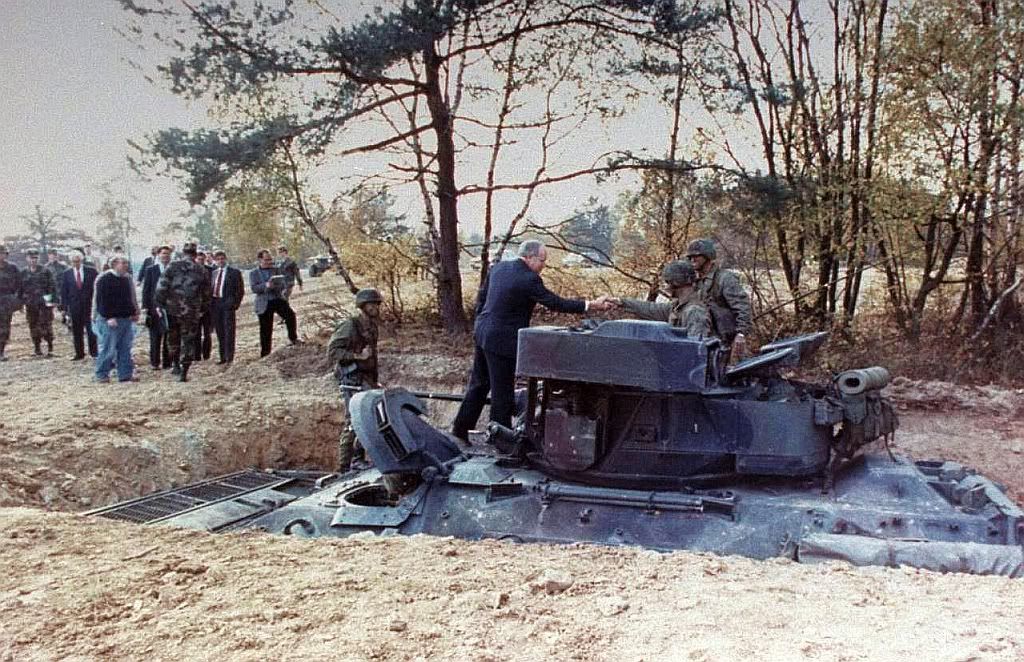You are using an out of date browser. It may not display this or other websites correctly.
You should upgrade or use an alternative browser.
You should upgrade or use an alternative browser.
USS John C Stennis in Pacific, May 2009

From a US Navy manual-
"An aircraft carrier's flight deck has been called the second most dangerous place on earth to work, and rightly so. [A strong claim for first most dangerous place would be a crab fishing ship, in winter, in the Bering Strait.] As many as 44 aircraft and 200 men are crammed onto little more than four acres of hardened steel armor plate. Searing jet exhaust can cook a man or blow him overboard. At times the air is so hot that he can't breathe. Jet intakes can pull a man off his feet and devour him. An unwary sailor can fall prey to a spinning propeller's razor-sharp, invisible arc. On the flight deck men move in many different directions in what appears to the uninitiated observer to be chaotic. Yet nothing is as organized as the flight deck of a US Navy carrier. It's like an orchestra, with each section devoted to performing a part of the overall symphony of carrier operations."
PS- note the crewmen on the flight deck, their various functions are identified by the colors they wear: yellow for officers and aircraft directors; purple for fuel handlers; green for catapult and arresting gear crews; blue for tractor drivers; brown for chock and chain runners; and red for crash and salvage teams and the ordnance handlers.

From a US Navy manual-
"An aircraft carrier's flight deck has been called the second most dangerous place on earth to work, and rightly so. [A strong claim for first most dangerous place would be a crab fishing ship, in winter, in the Bering Strait.] As many as 44 aircraft and 200 men are crammed onto little more than four acres of hardened steel armor plate. Searing jet exhaust can cook a man or blow him overboard. At times the air is so hot that he can't breathe. Jet intakes can pull a man off his feet and devour him. An unwary sailor can fall prey to a spinning propeller's razor-sharp, invisible arc. On the flight deck men move in many different directions in what appears to the uninitiated observer to be chaotic. Yet nothing is as organized as the flight deck of a US Navy carrier. It's like an orchestra, with each section devoted to performing a part of the overall symphony of carrier operations."
PS- note the crewmen on the flight deck, their various functions are identified by the colors they wear: yellow for officers and aircraft directors; purple for fuel handlers; green for catapult and arresting gear crews; blue for tractor drivers; brown for chock and chain runners; and red for crash and salvage teams and the ordnance handlers.

Caption-"After years of complaints from the troops, the U.S. Army has a new combat uniform. There will be only one color scheme (light green, tan and gray) for this uniform (instead of the current two, one for deserts and the other for temperate climate zones). The new uniform also includes tan combat boots (that cannot be shined, you just brush the crud off them). There is no black in the uniform, because it was pointed out that black is not a color you encounter much in nature.
Officially called the ACU (Army Combat Uniform), the major changes are all responses to numerous requests from the troops. These changes include;
Mandarin (high) collar that can be worn up or down. When worn up, this keep crud from getting down inside the shirt, and eliminates chafing from the protective vest.
Rank insignia can be attached above the right chest pocket with Velcro.
Velcro is also used for attaching the unit patch, skill tabs and recognition devices. This spares troops the hassle of sewing on, and later removing, patches. The Velcro also allows all the patches and such to be removed before the uniforms are sent to the laundry.
Zippered front on the shirt, which is easier to close than buttons.
Elbow pouch for internal elbow and knee pad inserts. The introduction of knee and elbow pads in the 1990s saved thousands of infantry troops from painful, and sometimes permanent, injuries. Infantry spend a lot of time getting down on elbows and knees, especially in combat. The inserts are cheaper and easier to use than the more traditional elbow and knee protectors similar to those you see in sporting goods stores.
Elastic leg cuff, a useful item for keeping the crud out when you are in the field.
Tilted chest pockets with Velcro closure. Makes the pockets easier to use when wearing your webbing gear.
Three-slot pen pocket on bottom of sleeve. Again, convenience.
Velcro sleeve cuff closure. Keeping the crud at bay once more.
Shoulder pockets with Velcro. When troops are wearing their webbing gear and packs, shoulder pockets are the only ones you can get at easily.
Forward tilted cargo pockets. Again, convenience.
Integrated blouse bellows for increased upper body mobility. Again, convenience.
Integrated Friend or Foe Identification Square on both left and right shoulder pocket flap. This is a current method for making it easier to avoid friendly fire incidents. The Velcro makes it easy to take these patches off at night, when they tend to make the troops more visible.
Bellowed calf storage pocket on left and right leg. Again, convenience.
Moisture-wicking desert tan t-shirt. Troops have been buying these with their own money for years.
Patrol Cap with double thick bill and internal pocket. Complaints about the fragile bill, and troops sewing pockets into the cap led to this.
Improved hot-weather desert boot or temperate-weather desert boot. Many complaints and recent experience in Afghanistan and Iraq .
During development, three different versions of the ACU were created and over 10,000 uniforms were manufactured and tested in Iraq and at Army training centers. Hundreds of changes were made in response to soldier comments. While the new uniform looks ugly to many civilians, it’s very comfortable. This is partly do to the bagginess. But in combat, the troops prefer loose and comfortable to tight and fashionable. Troops will begin getting the new uniform in 2005, and all will have it by 2007"
"July 2009: Russia is reactivating two of its retired Typhoon SSBNs ballistic missile nuclear subs, or "boomers" to help maintain some semblance of a SLBM (Sea Launched Ballistic Missile) force at sea. The 24,000 ton Typhoons (the largest subs ever built) entered service in the 1980s, but were very expensive to operate, and were gradually decommissioned through the 1990s"
























































